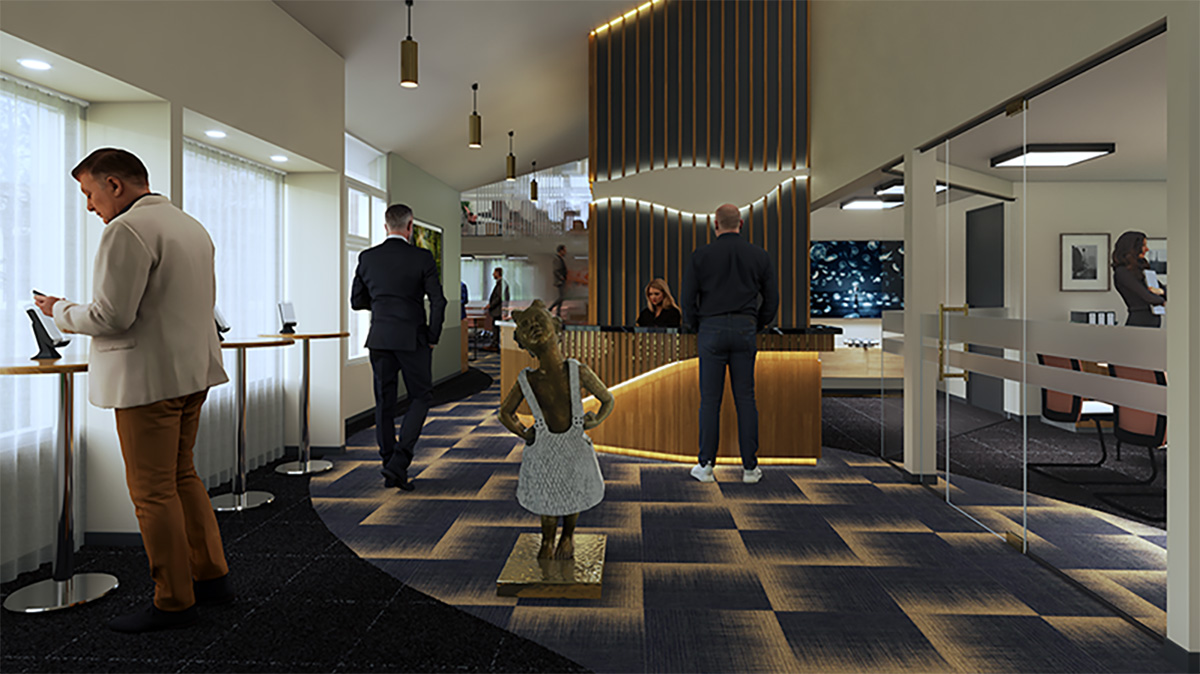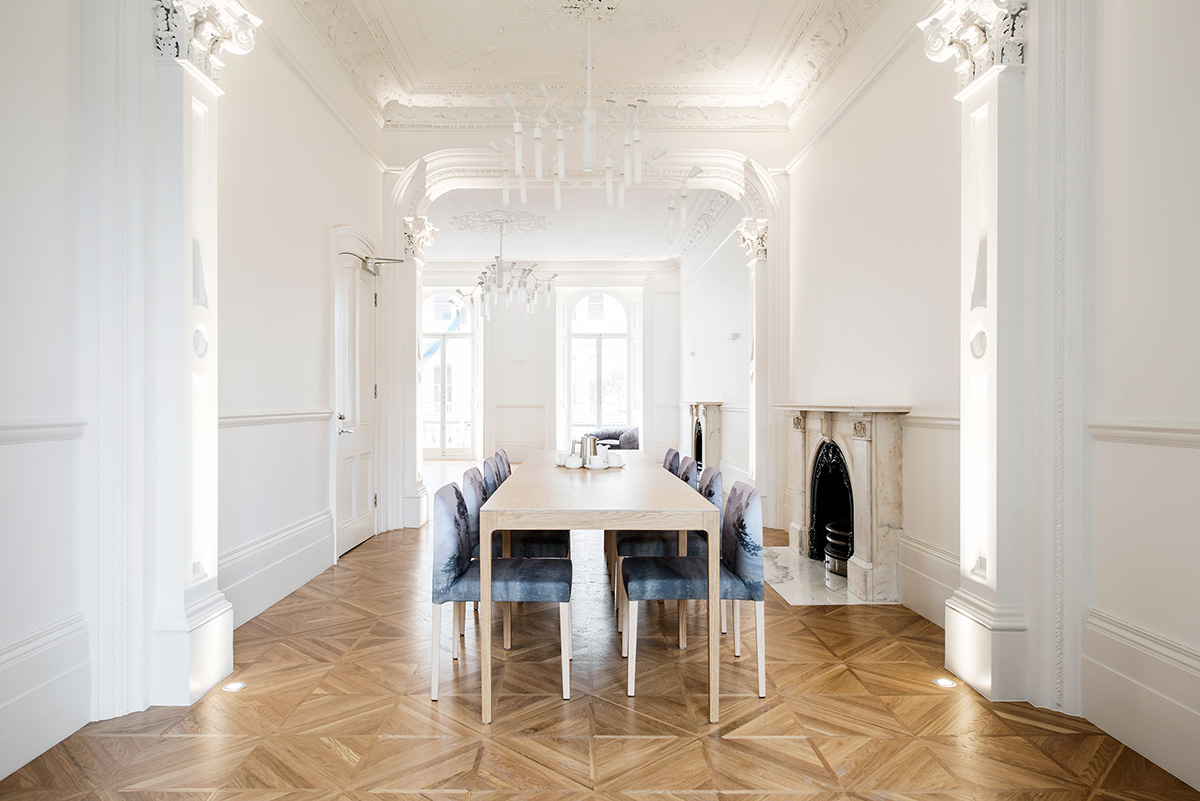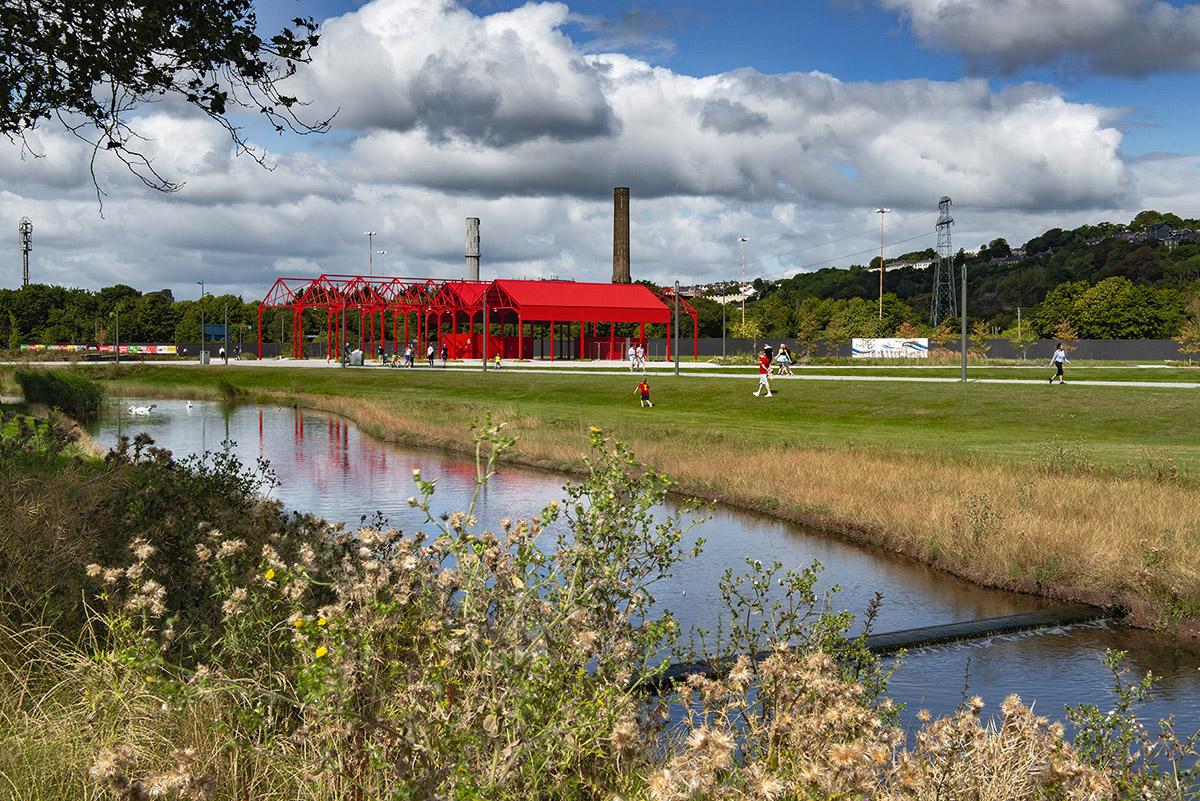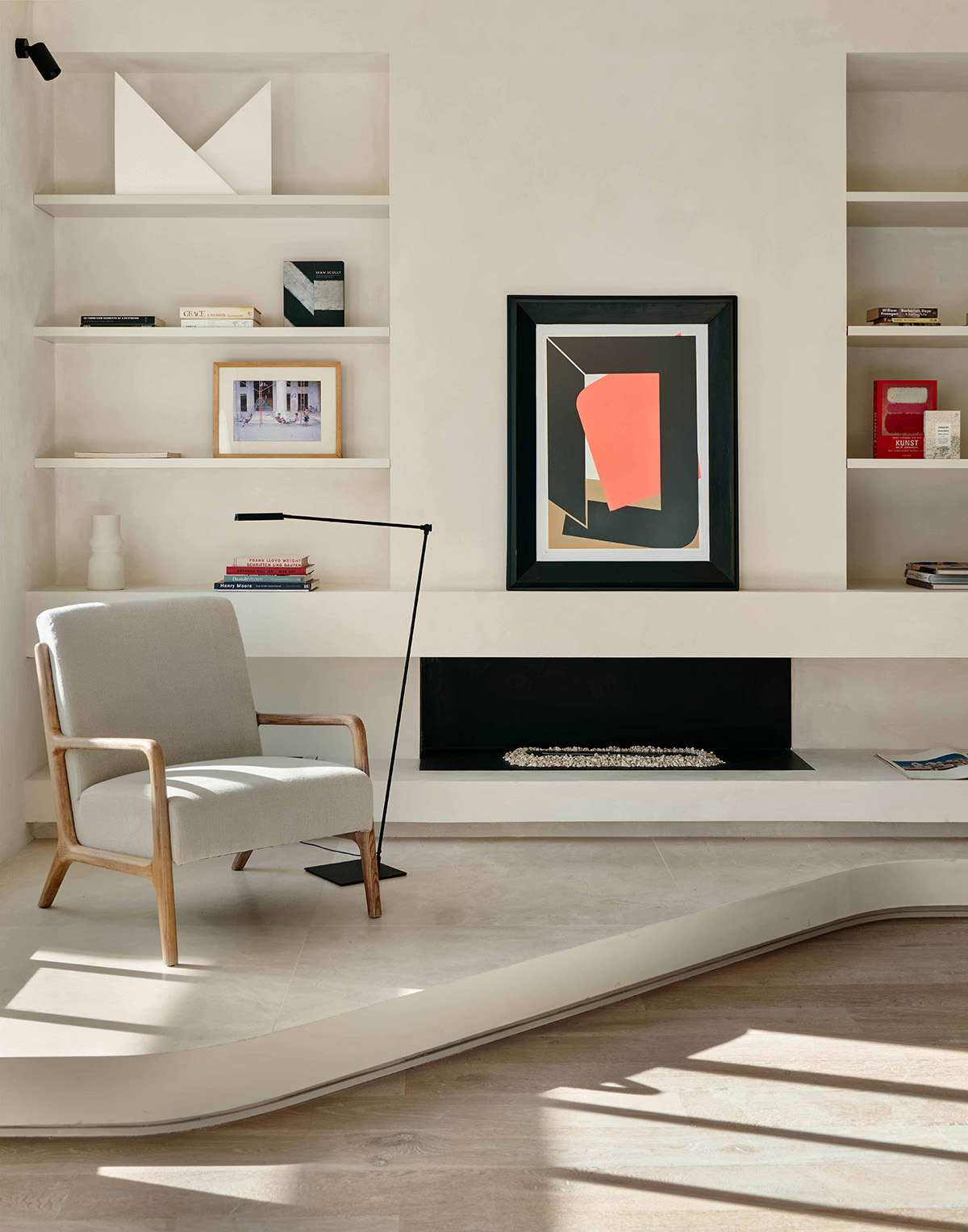ARDESS: Creating homes for tomorrow’s world
By Trine Ejlskov Jensen-Martin | Photos: ARDESS
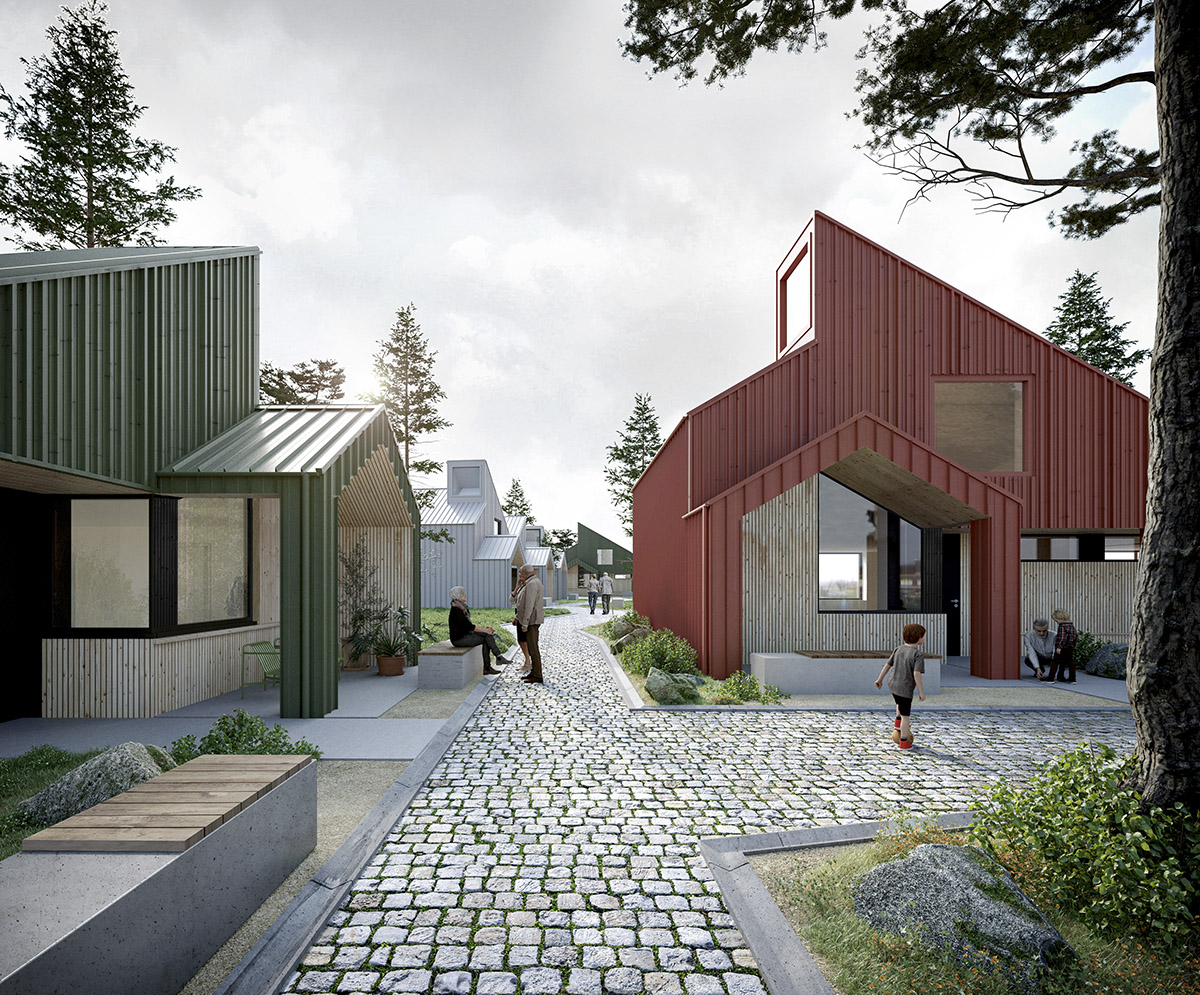
A visionary, independent Danish architecture firm is rethinking the future of home design, focusing their creativity and expertise on creating a new style of sustainable communal living. At the core of ARDESS is not just experience, passion, and attention to detail but also a true commitment to sustainability – designing long-lasting homes and creating with a genuine purpose.
Sebastian Schroers, architect and founding partner, started the Aarhus-based company ARDESS seven years ago. Having worked for an ambitious international company, designing large-scale, complex buildings such as hospitals and museums, Sebastian has an extensive background in architecture, design, and culture. “It is important to feel passionate about what you do, and creating and sharing your vision,” he says. ‘It matters to us that our projects have something important to say, have a function, and are made to be used.”
ARDESS has helped many clients in Denmark create their dream homes over the years, and now they have an important new project that they are ready to unveil.
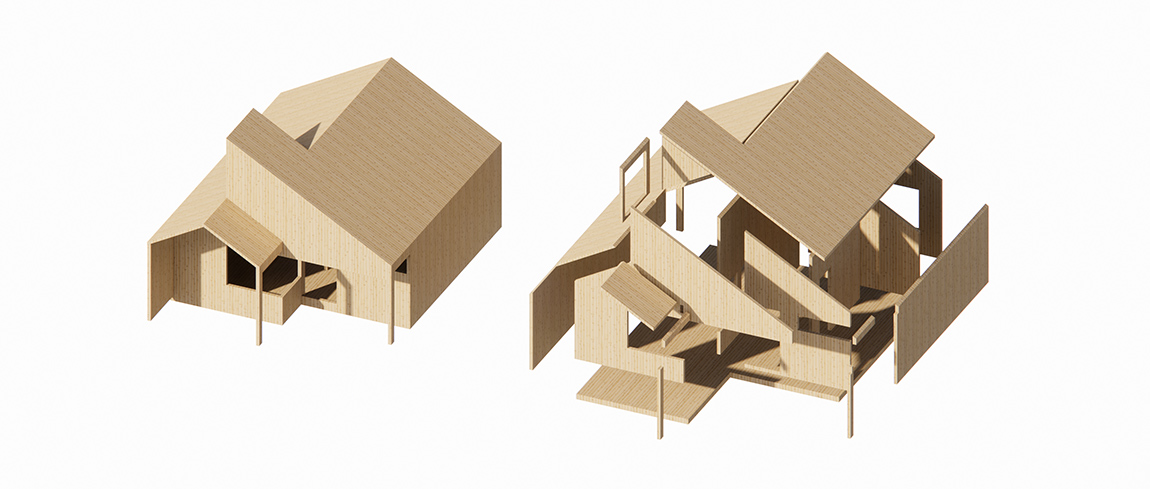
Left: Cross laminated timber (CLT) is being optimised in accordance with statics and the use of the material. Right: The low weight results in a smaller foundation and a quicker assembly. All parts of the house can be taken apart and put back together.
Shared communal living space for senior citizens.
“We started out creating smaller high-end buildings like summer houses or villas,” Sebastian explains. But at the complete opposite end of the building, architectural, and design spectrum, the firm’s architects now have their eyes set on creating an original and sustainable senior communal housing. The unique project has involved extensive research and analysis and has, says Schroers, been a hugely exciting challenge for team ARDESS. “The key has been to truly understand the project, and to combine aesthetics and vision. There are many more perimeters involved in a project like this, and we have to explain and defend our ideas at every turn,” he continues.
There is a documented societal need for these types of homes, with years of anthropological and social research into how older people feel, and much market research into what they need in their day-to-day life.
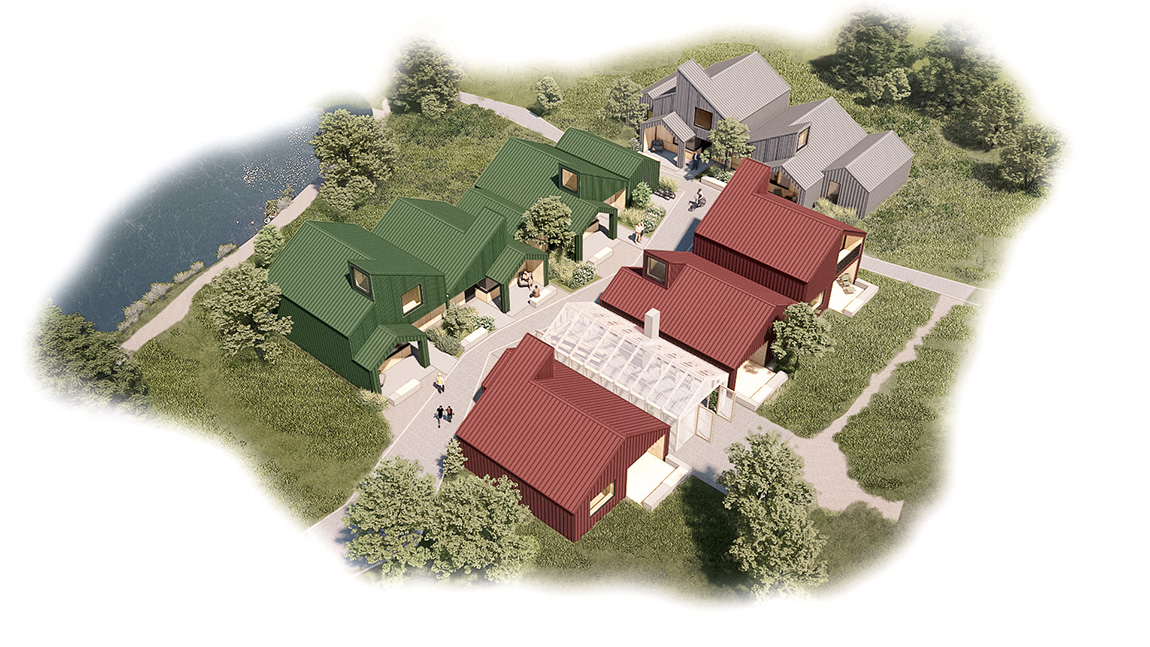
A tried and tested solution to a tangible social issue
Architecture is often judged aesthetically, but it is no longer enough to be just beautiful and/or useful. “We need to completely change our approach in order to be sustainable,” Schroers says. In bringing visions to life, ARDESS thus looks at all aspects of the process – the need, durability, and sustainability. The firm is not interested in ticking boxes; it has something vital to express and share with others. Talking about the senior communal living space created by ARDESS, Schroers explains: “We began the project to see how innovative we could be in terms of sustainability.”
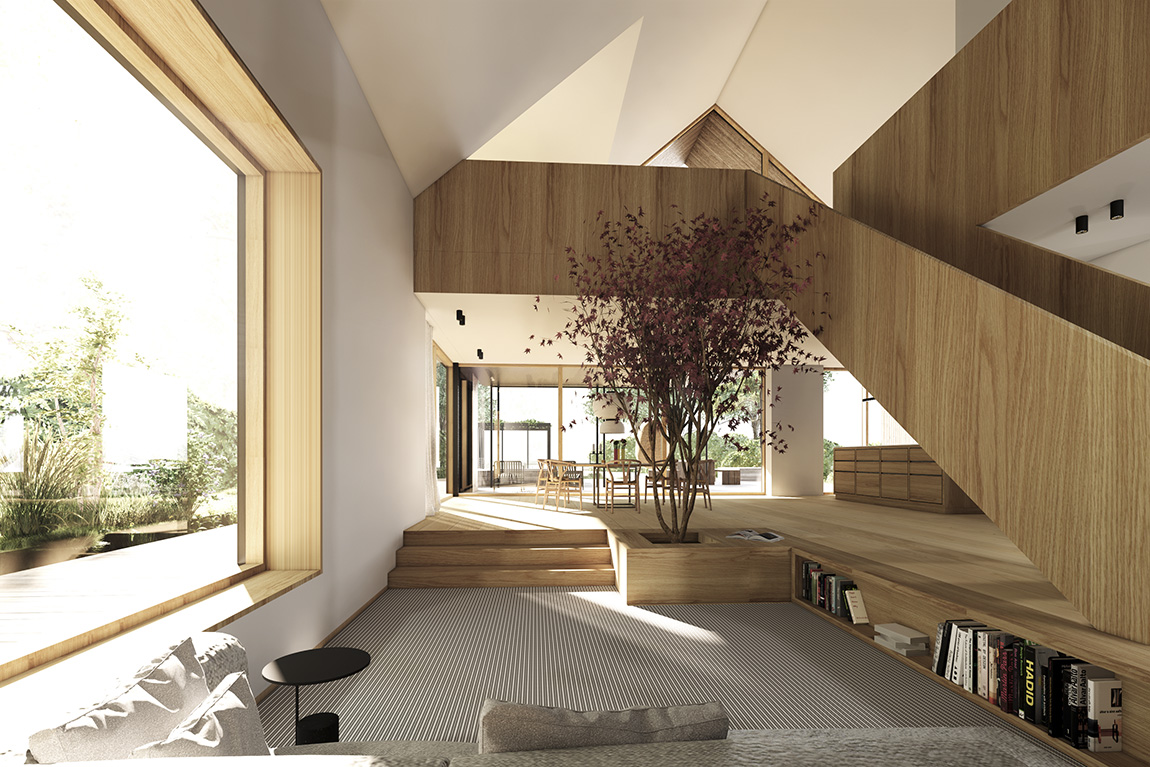
Villa S16
To do so, architects began by looking at authentic customer needs through in-depth research and anthropological studies. The leading idea arose from a market analysis made in Denmark, where developing sustainable and positive housing solutions for senior citizens has long been in focus. As the nation’s senior population is growing, there is an urgent need to look at viable options for housing and building types to meet the increasing demand and new needs. “Many elderly people feel lonely,” explains Schroers.
The next step was to look at the financial viability of the project, and how the building could be created in the most cost-efficient manner. Furthermore, careful research of the global warming potential of CO2 in the resources, materials, and building process was a crucial aspect of the planning considerations. “We have developed this as a business case from start to finish, and not just as an ambitious idealistic idea,” Schroers says. In other words, this is not only a vision that looks great on paper, but a concept that has been tested, researched, and planned in such a way that it does what it set out to do. It is, says Schroer, “not just a good idea, but a durable and sustainable and achievable idea”
“We have carefully checked for weak points and the overall workability, to ensure that the building is useful and workable,” he continues. What ARDESS has created is a very real solution to a very real problem.”
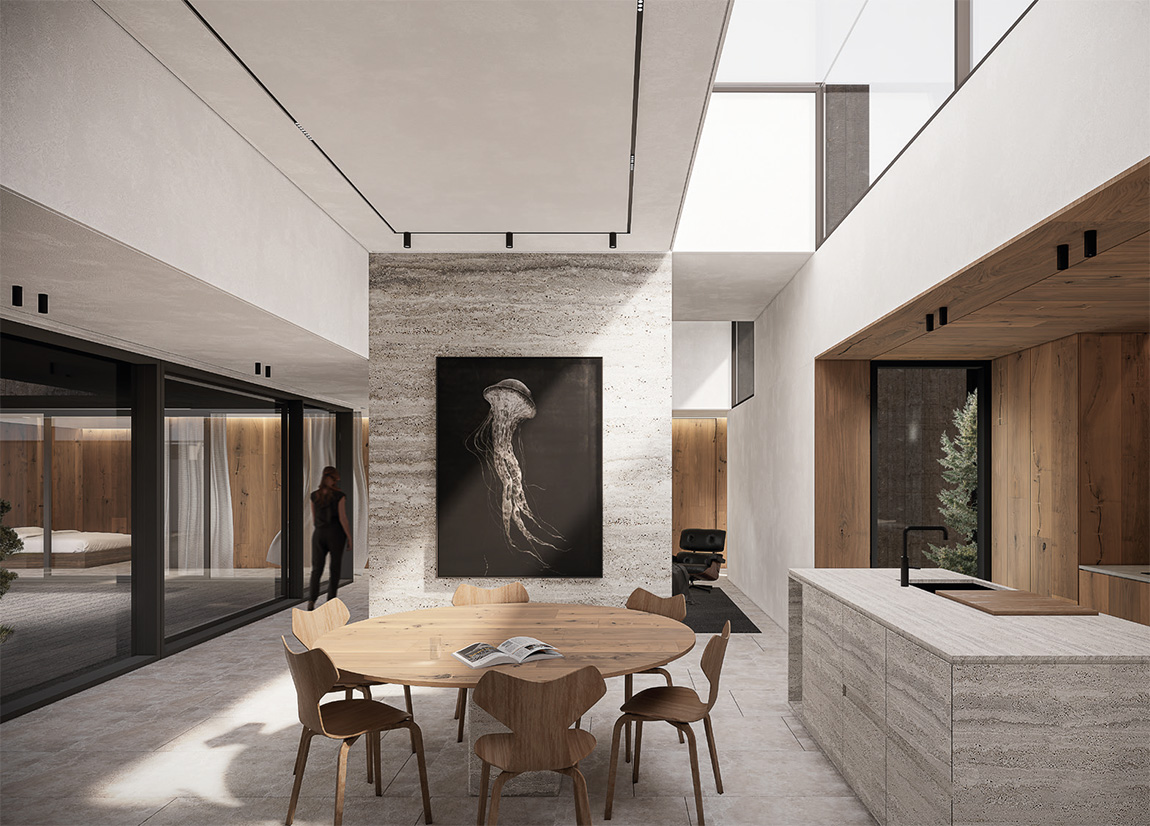
Villa S33
Redefining what is aesthetically pleasing
In Schroers’ view, the social and societal challenges play a crucial part of the future role of architects; in other words, times have changed and the approach to architecture and the aesthetics and sustainability of buildings and homes must change with it. The quest is to find the exquisite elsewhere and to consider what it means to us today.
“This is not business as usual as we have to look at the materials and the methods, as well as the impact of what we are creating. We cannot continue doing things the ways in which we have been doing them, and as a result we need to find beauty in other things,” he says.
This applies to all the projects ARDESS works on. Alongside the vision for future communal homes, ARDESS continues to design and create projects for private, individual clients, creating family homes or summer houses, or making “once in a lifetime-houses” as Sebastian aptly describes them.
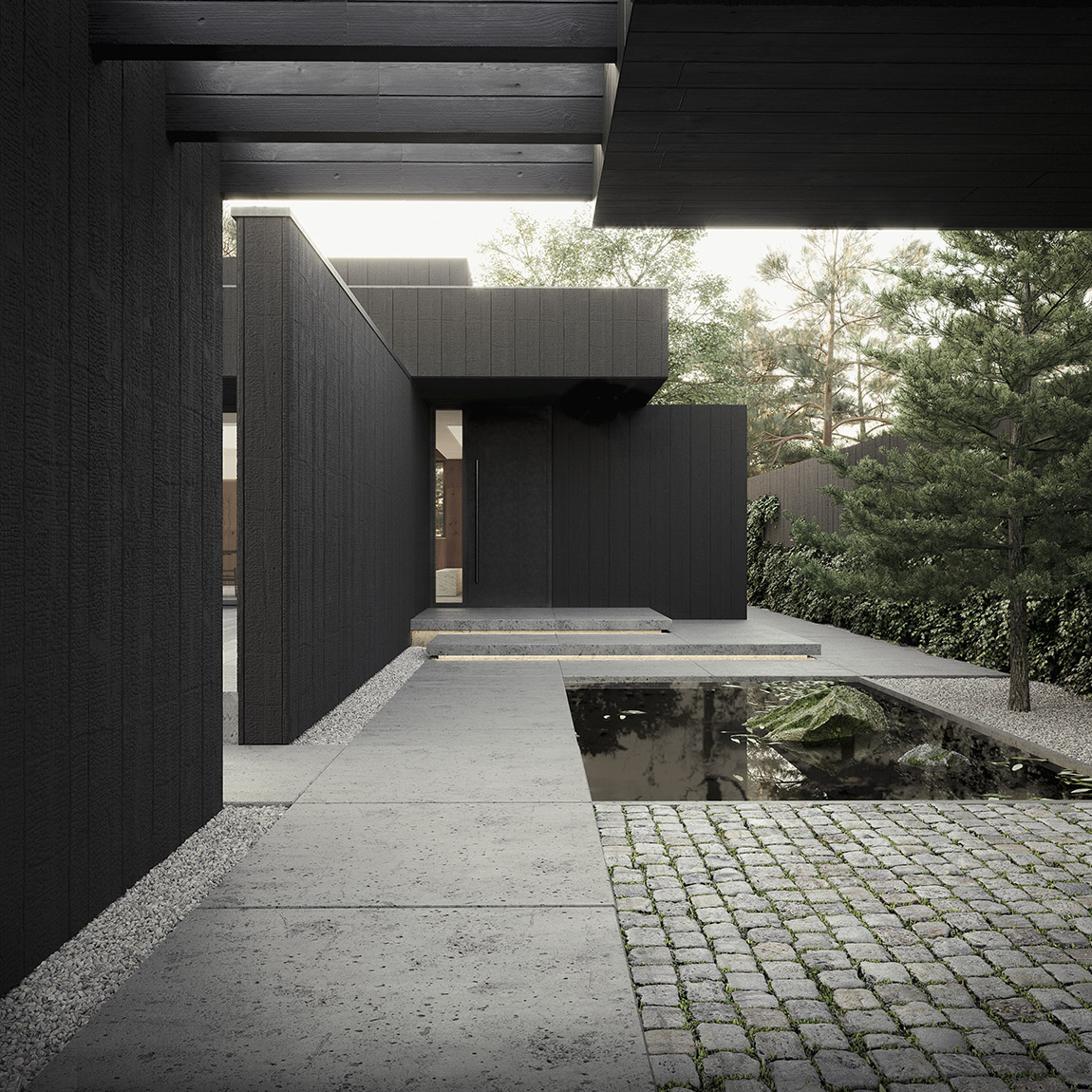
Villa S33
Web: https://www.ardess.dk Instagram: @ardess_ Facebook: Ardess LinkedIn: ARDESS Architecture & Design ARDESS feels a responsibility as architects and creators of the homes of tomorrow, whether for private individuals or on a larger scale. This is the first time this exciting and original project is shared with the world, and ARDESS is ready to take it to the next level.
Subscribe to Our Newsletter
Receive our monthly newsletter by email

